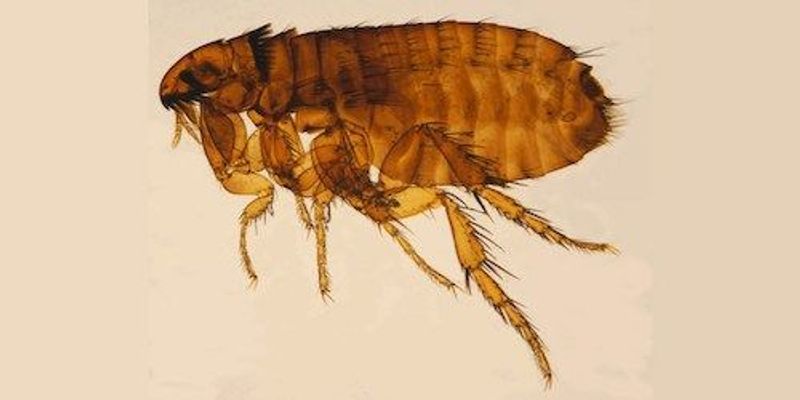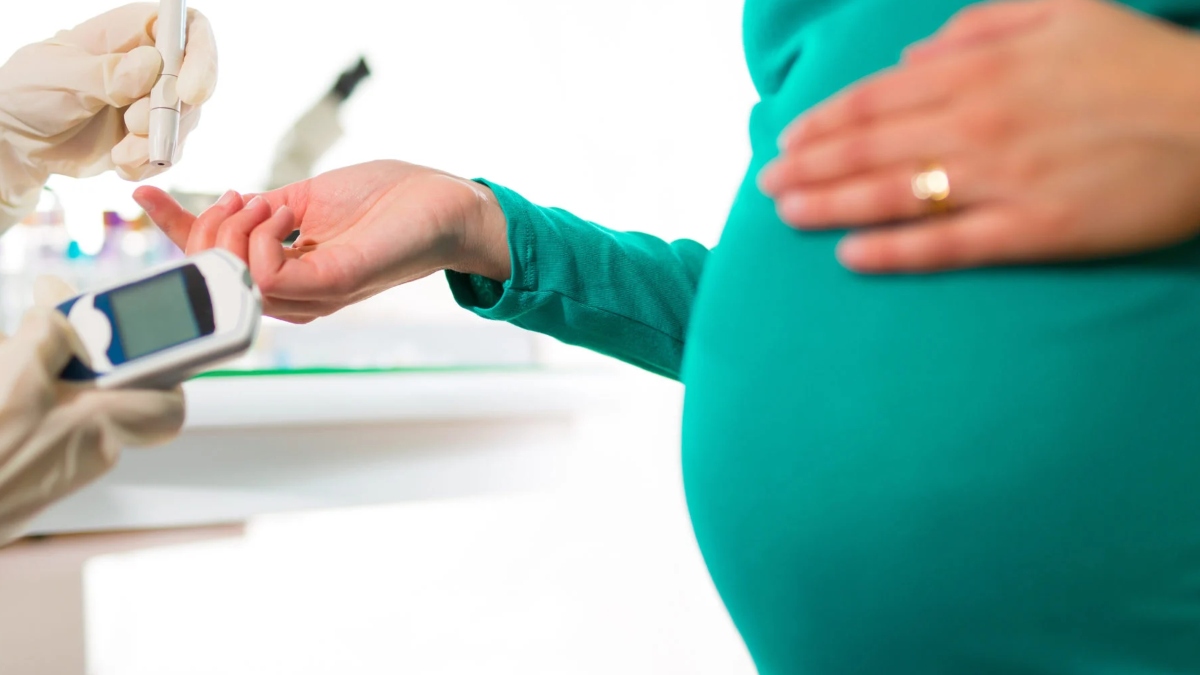Understanding Murine Typhus: Causes and Symptoms
Swapnil R Mishra
A Septuagenarian from Kerala has been diagnosed with a rare bacterial disease ‘Murine Typhus’ on October 11 which was confirmed after he underwent medical tests. A 75-year-old individual had a history of travelling to Vietnam and Cambodia. However shortly after his return, elderly man rushed to hospital on September 8 after he complained of severe body pain and fatigue.
Although initial diagnostic tests for zoonotic diseases were inconclusive, medical professionals observed significant decline in renal and hepatic function. Given the patient’s travel history, a diagnosis of Murine Typhus was suspected, marking a sentinel case in the area.
The diagnosis of Murine Typhus was confirmed using Next Generation Sequencing (NGS) technology, which analyzes microbial DNA. Additional testing was conducted at CMC Vellore for confirmation. This is the first reported case of this rare bacterial disease in Kerala.What is Murine Typhus?
Murine Typhus, a stealthy and rare bacterial disease, lurks in the shadows, transmitted through the unsuspecting bites of infected fleas. These minuscule culprits, harbored by rodents, rats, mice and mongooses, as well as domestic companions like cats and dogs, spread the disease with alarming ease. The Rickettsia typhi bacteria, responsible for this insidious affliction, lie dormant for 6-18 days before unleashing a torrent of symptoms: scorching fevers, debilitating headaches, excruciating body aches, joint pain, nausea, vomiting and telltale rashes.Transmission of the Disease
The disease transmission occurs through the entry of infected flea feces into cuts or scrapes on the skin, as well as through mucous membrane exposure. Notably, this disease is not contagious between humans, nor can it be transmitted from person to flea. In India, cases of Murine Typhus have been documented in regions such as the Northeast, Madhya Pradesh and Kashmir, highlighting the importance of regional awareness and prevention measures.Symptoms and Duration
Symptoms of Murine Typhus typically manifest seven to 14 days after exposure and may include:
Fever
Headaches
Body aches
Joint pains
Nausea
Vomiting
Stomach aches
Skin rashesThe illness can last longer than two weeks, and complications can prolong recovery if not treated promptly.
Treatment Protocols
Murine Typhus, a bacterial disease spread by infected fleas, has no available vaccine, making prompt treatment crucial. Doxycycline is the primary antibiotic used to treat Murine Typhus, with recommended dosages of 100 mg twice daily for adults and 2.2 mg/kg body weight twice daily for children under 45 kg. Early diagnosis is vital, as delayed treatment can lead to severe illness within one to two weeks and, in rare cases, fatality. Medical experts emphasize the importance of treating suspected cases without waiting for laboratory confirmation, as symptoms can be non-specific and diagnostic tests may not be reliable in the early stages. If treated early, patients typically experience a less severe illness and shorter recovery time.Preventive Recommendations
Protecting your household from Murine Typhus requires vigilance, especially with pets. Regular pet grooming, monitoring for fleas and ticks, and applying flea treatments as necessary are essential. Keeping rodents away involves sealing entry points, storing food in sealed containers, maintaining clean kitchens and removing clutter. Travelers must research destination-specific health risks, consult healthcare professionals, use insect repellents and avoid contact with rodents, fleas and ticks.
The Kerala patient’s case underscores the importance of monitoring for symptoms after travel, seeking prompt medical attention and collaborating with healthcare professionals. Stay informed through local health authorities, CDC and WHO websites, and regional health advisories. By adopting these measures, households can significantly reduce the risk of Murine Typhus and other zoonotic diseases.
Kerala Reports First Case of Rare Bacterial Disease Murine Typhus




